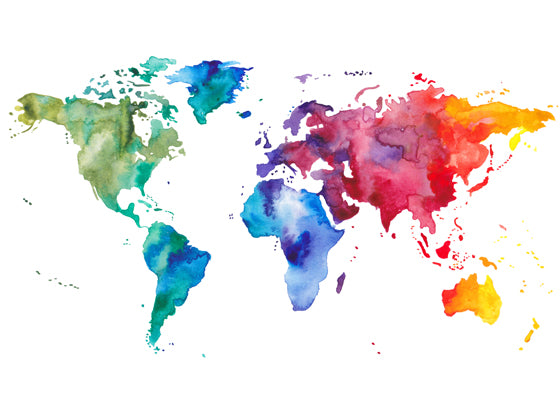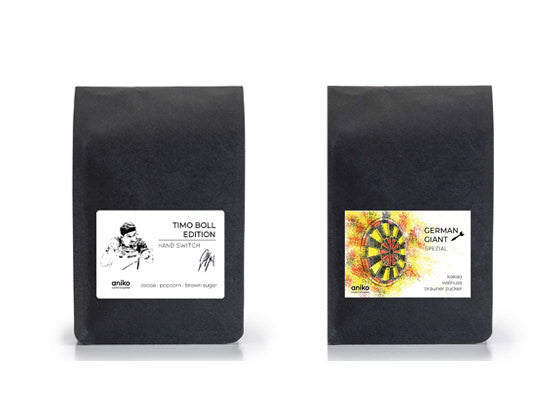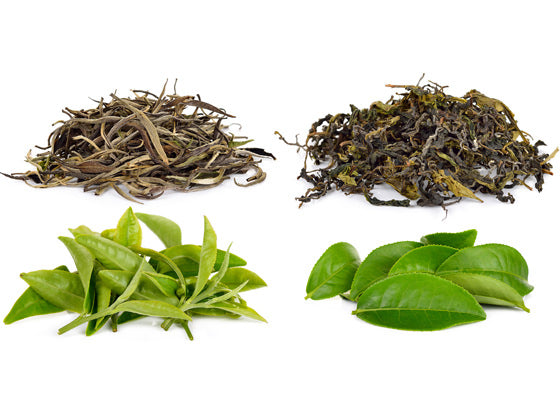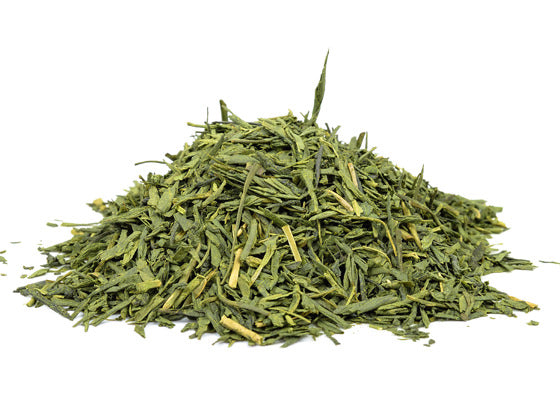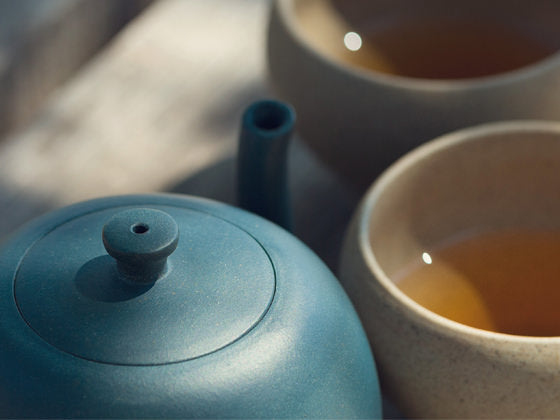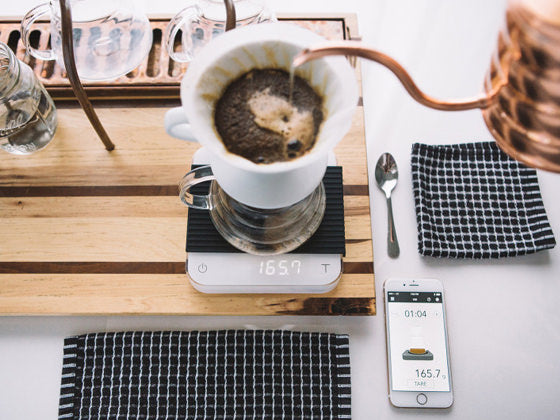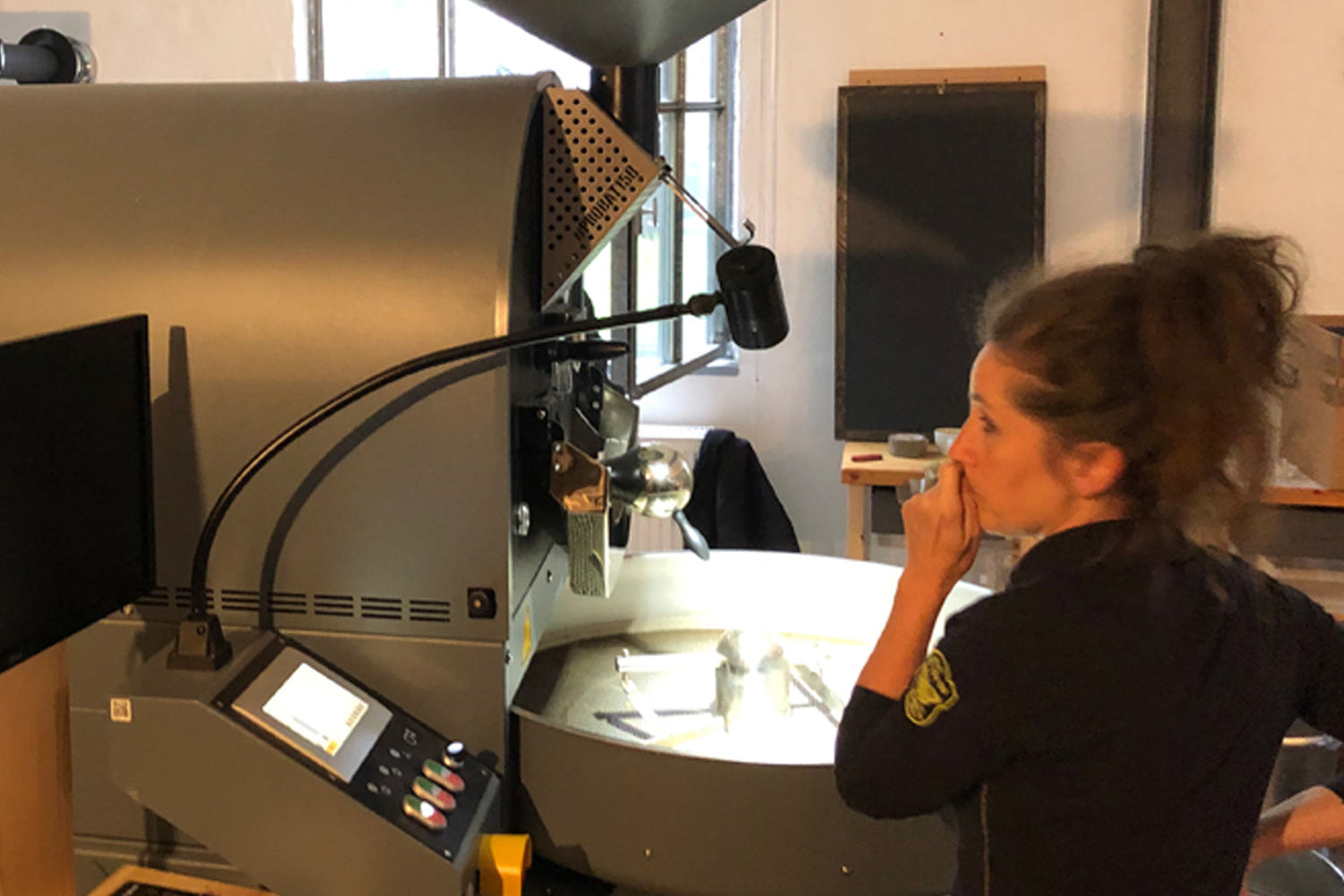... hand-roasted , drum roasting etc. are intended to help distinguish craft from industry and at the same time suggest your own craftsmanship.
Basically, there is something to it, but it's not that easy. The distinction between industry and craft is relatively simple: roasting temperatures above 600 degrees and roasting times of just two minutes are characteristics and characteristics of large-scale industrial plants, where the focus is generally on low prices, reproducibility and process optimization, not on quality. Such roasting temperatures prevent the development of aromas, the breakdown of chlorogenic acids and promote the formation of acrylamide. Poor green coffee quality is concealed by dark to extremely dark roast levels. Keyword roasted aromas. Dark coffees are bitter, taste burnt and have the typical coffee taste that is known from large-scale industrial roasting. Unfortunately, through clever marketing, the industry has managed to establish the taste of the burnt as a typical flavor profile of coffee, so that today black is often equated with strong and it is assumed that real coffee tastes bitter.
Fortunately, this is not the case, because high-quality green coffee has significantly more aromas to offer than, for example, wine - and there are countless varieties that have a wide variety of flavor profiles. There are floral, fruity and chocolaty-nutty coffees, subtle and rather strong ones, some with a lot and some with little caffeine. Not everyone has to like every coffee - but if you go on the journey and are open, everyone will find their coffees (there is no one favorite coffee, just as there is no one wine for all occasions) - even and especially beyond burned mainstream.
Back to roasting: good roasters always roast in small batches, always at low temperatures (compared to industry) and long roasting times, almost always in a drum roaster (there are also hot air roasters).
However, even for small roasters, high-quality green coffee is of course a necessary condition for a successful end product. The saying 'from sh... "You can't make gold" also applies to coffee roasting.
Great beans are a prerequisite, but still no guarantee for good coffee. Every roaster will get a different end product from the same green coffee, because roasting is an extremely complex process. To put it bluntly: roasting does not mean 'making it brown'. And certainly not: 'burn'. The color alone says nothing about the quality of a roasted coffee; even light roasts can taste flat: incorrect roasting parameters, especially roasting for too long at a temperature that is too low, below approx. 180 degrees, ensure that many aromas remain underdeveloped. The actual aroma formation takes place in the Maillard reaction, usually between 180 and 200 degrees Celsius.
Finding the right roasting profile for each bean is an art and a challenge that you have to face every day. Even fluctuations in outside temperature and air pressure require changes in the roasting profile and active influence. Exact knowledge of the green coffee, its growth conditions, processing and, last but not least, storage as well as in-depth knowledge of roasting processes and chemical reactions during roasting are essential prerequisites for really well-roasted coffee.
That's why the following applies: good roasting remains time-consuming manual work.
